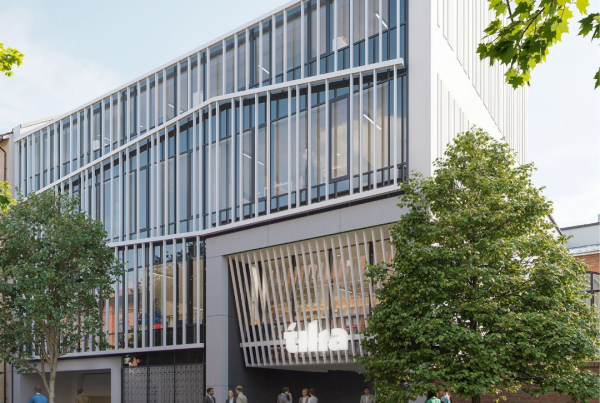Buildings and building products have an impact on the environment throughout their life cycle. Today, when we speak about the environmental optimisation of buildings, the reduction of operational energy is usually the main issue. However, energy saving measures, like high levels of insulation, efficient windows, heat recovery ventilation or the installation of renewable systems contribute to the reduction of operational energy and emissions, but at the same time may increase the built-in energy of the building. Instead of focusing only on the operational phase, a whole life cycle approach should be followed to optimize the overall environmental impacts of the design. The significance of embodied impacts increases in low and zero energy buildings.
We apply the method of Life Cycle Assessment (LCA) for assessing the environmental performance of a building over the whole life cycle from raw material acquisition through production, use and disposal, often referred to as „cradle to grave”. This involves compiling an inventory of relevant inputs and outputs of a product system, evaluating the potential environmental impacts associated with the inputs and outputs and interpreting the results. The general categories of environmental impacts needing consideration include resource use, human health, and ecological consequences.
Green building rating systems assign credits for carrying out life cycle assessment. In the German DGNB certification scheme LCA is an integral part of calculating and rating building performance. UK-based BREEAM gives credits for the use of LCA tools in the evaluation of life cycle impacts, while US-based LEED assigns pilot credits for whole building life cycle assessment.
We have carried out extensive research on the life cycle assessment of buildings and published numerous papers at international conferences and in journals.



